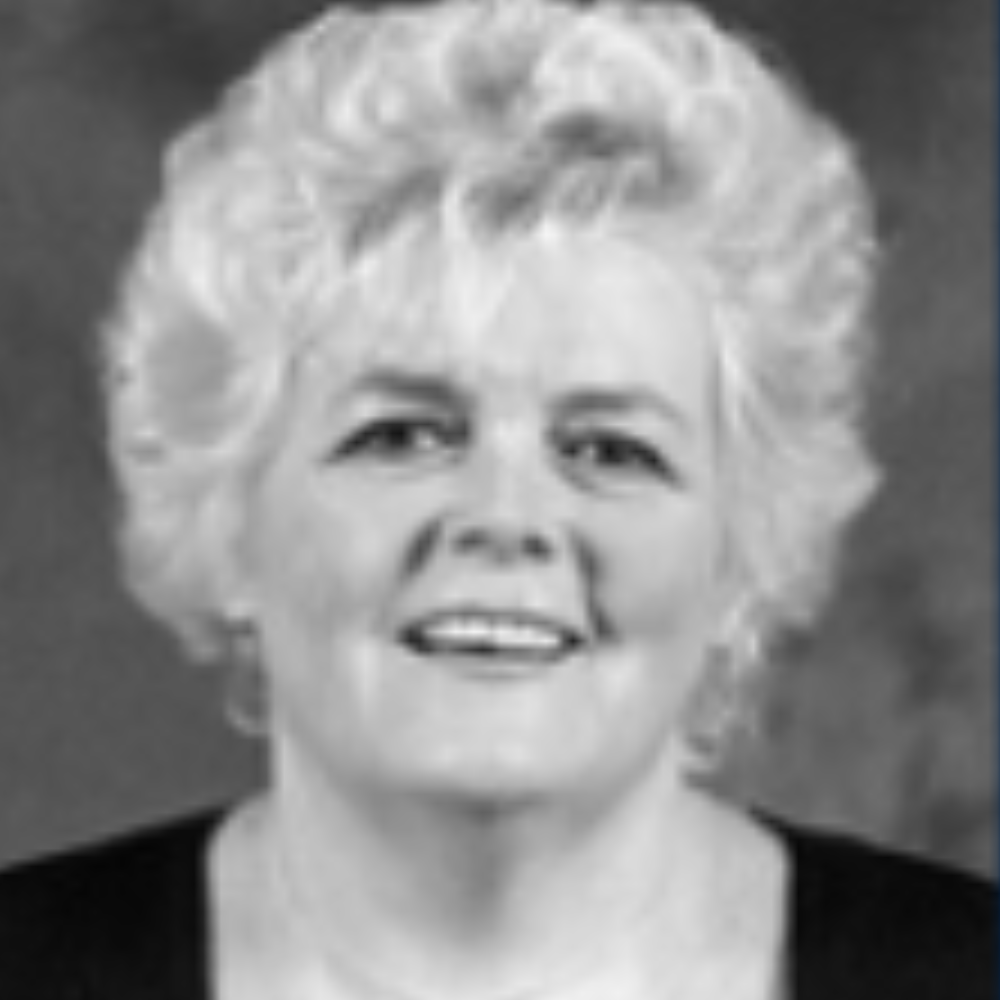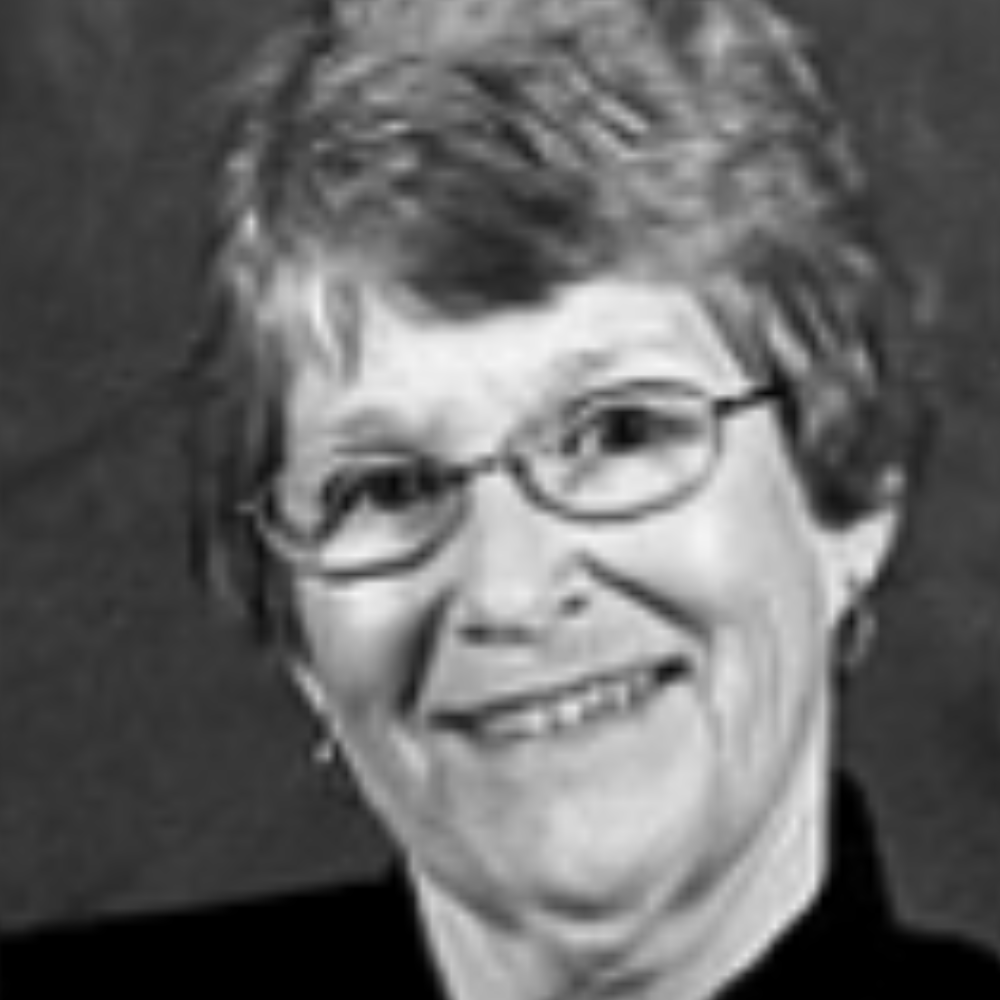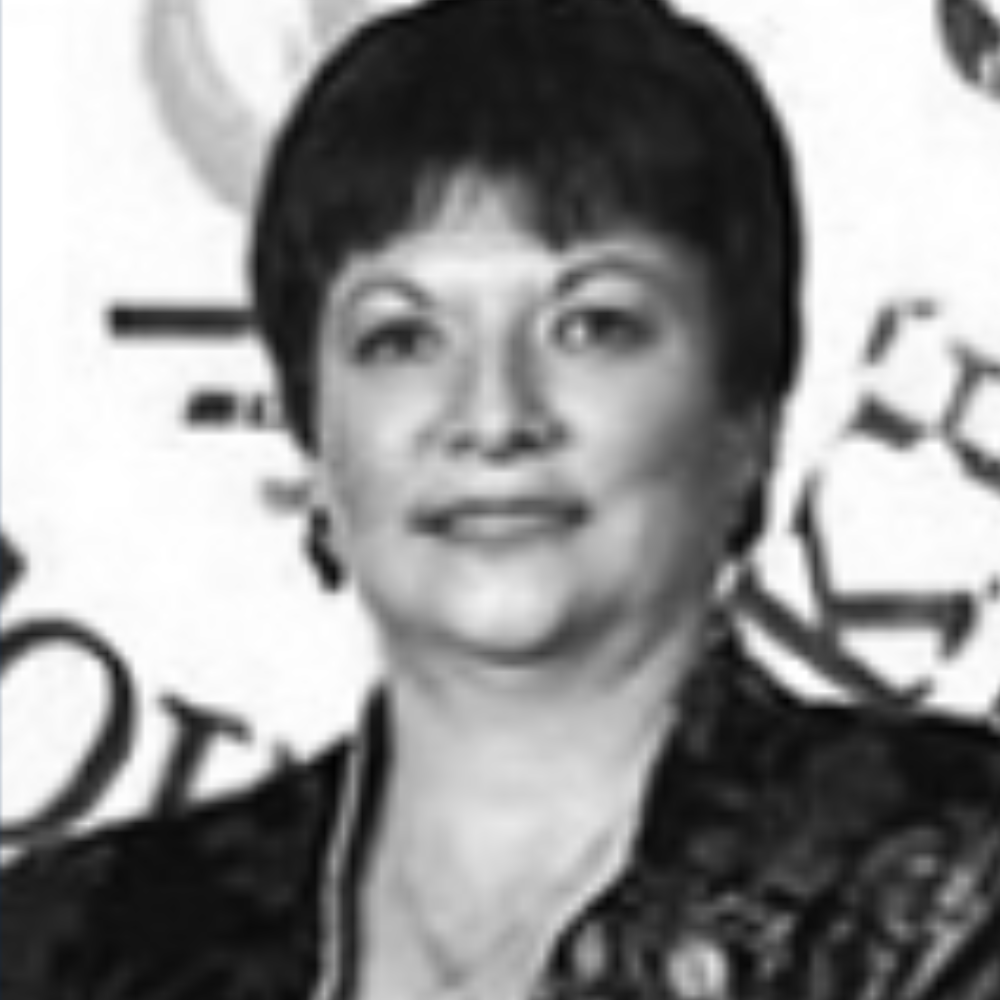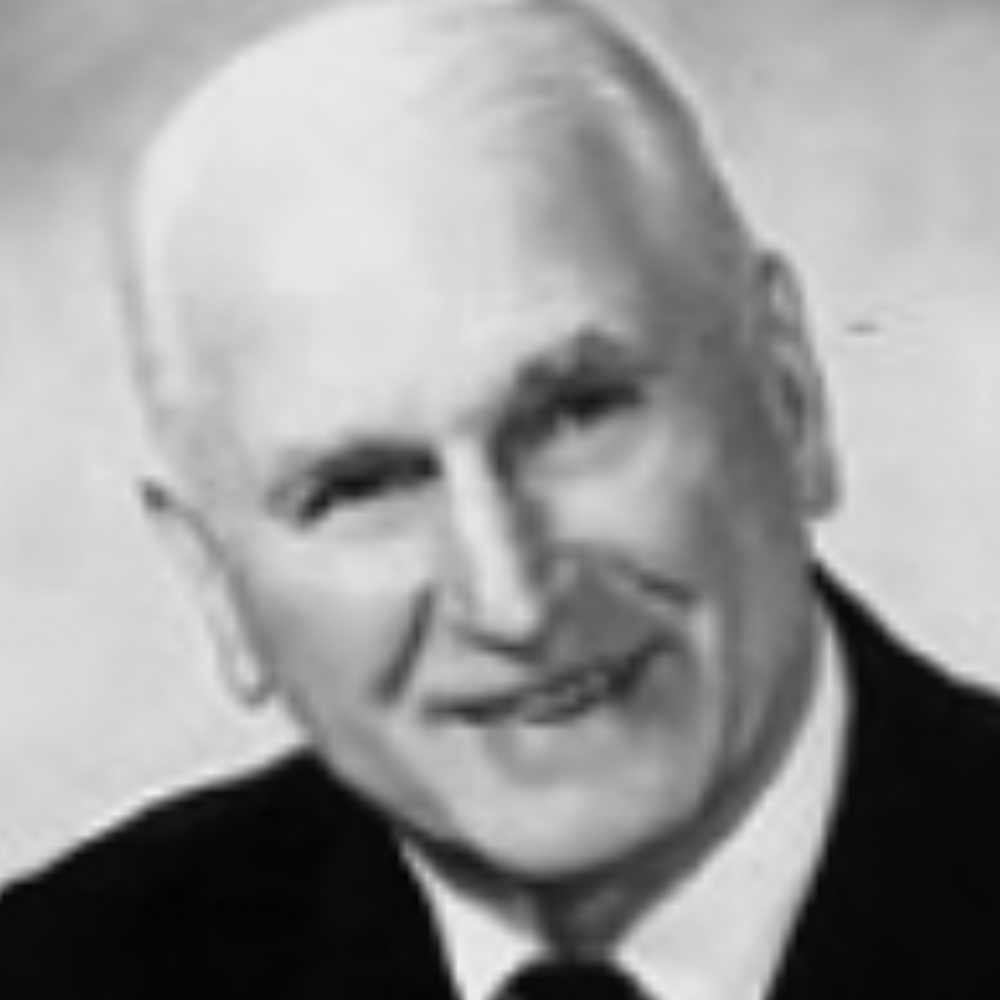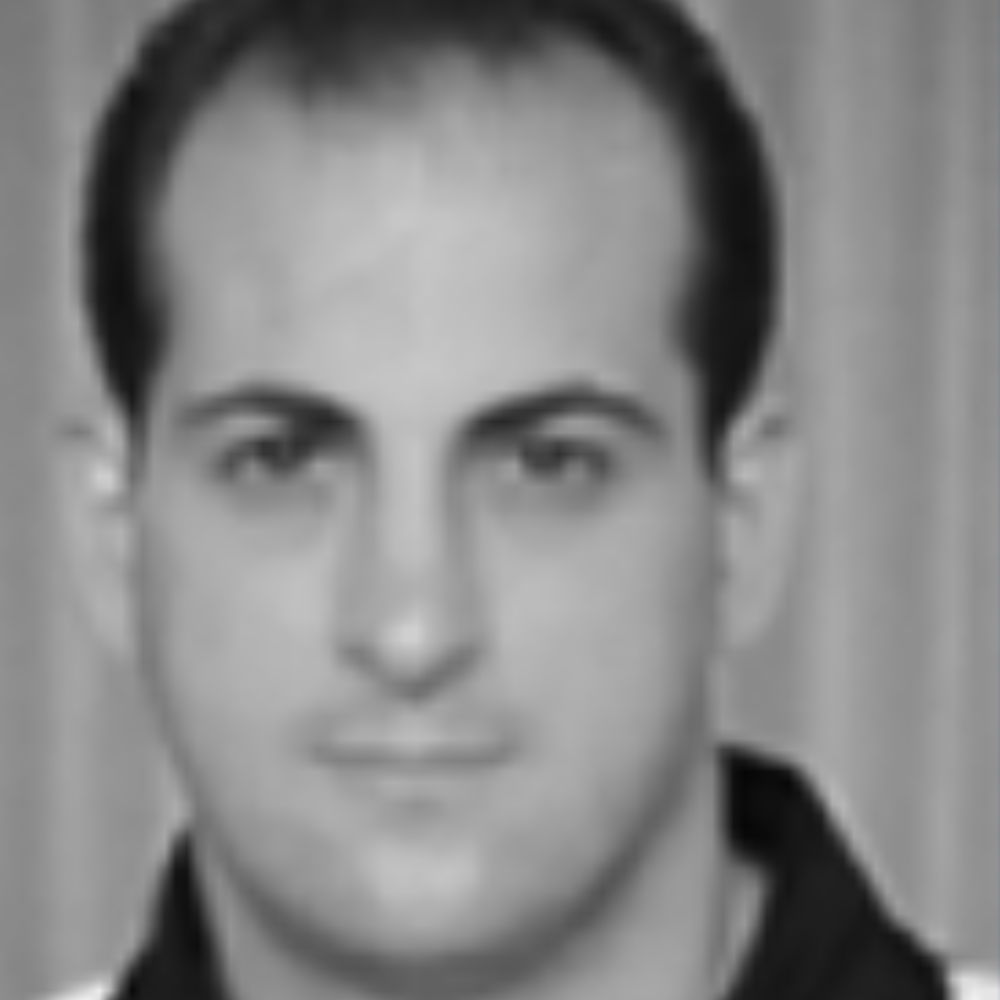Most everyone who is part of the international hockey world knows the name Bob Nadin. One of Canada’s most highly decorated officials, Nadin has made a name for himself as a referee and referee supervisor during a career that has taken him to multiple Olympic Games and international hockey events around the world.
“I guess it all started when I first learned to skate when I was about three years of age,” Nadin said in a documentary about his illustrious career. He was born in Toronto on March 15, 1933, and has spent the bulk of his 80 years in hockey either on the ice or studying the game he learned as a child.
Nadin played hockey throughout his youth, but it was a request from the players in his university inter-faculty league that changed the course of his life and career. “Because I was playing for the university team, they thought I knew something about hockey, so they asked me if I’d referee the games in the inter-faculty league at the university,” he said. “From then on, I liked it and just kept on with it from there, really.”
The University of Toronto student did not expect to play elite-level hockey, so at age 17 he first picked up a whistle and donned the referee’s stripes. “The fact was, I just liked the refereeing,” Nadin said. “I think I got more pleasure from refereeing in the end than I did from playing.”
Nadin started officiating university games before moving up to the Ontario Hockey Association, eventually becoming the referee-in-chief of the CAHA (today known as Hockey Canada) from 1976 to 1986. As head ref, Nadin created the CAHA’s referee certification program, and introduced officiating casebooks for Canadian and international hockey.
The pinnacle of Nadin’s on-ice work was officiating seven games at the 1972 Winter Olympics in Sapporo, Japan, and working the World Junior Championship in Russia two years later. At the same time, Nadin became a referee supervisor for the Ontario Hockey Association and the Ontario University Association. In 1984, the OHA awarded Nadin – who had been elevated to the league’s referees’ honour roll three years prior – the Gold Stick for outstanding service to the game.
For the greater part of his career, Nadin has been known in international circles as a referee supervisor, travelling the world to support, analyze, and assist officiating crews at every level of the game. He supervised National Hockey League referees from 1992 to 1996, and selected and supervised referees at the 1998 Nagano Games, 2006 Torino Games and other international events. “So it’s just a matter of basically starting at the university and working my way up through the minor hockey system for a few years, andinto the junior system, and then into the international system,” Nadin said humbly.
For almost 30 years, Nadin has been a member of the International Ice Hockey Federation’s Rules and Referee Committee. He is tasked with writing and interpreting new rules, replacing outdated rules, and fielding questions about the rulebook from all corners of the hockey-playing world. “Really, any place where international hockey is played and there’s any rule situations or questions from referees, coaches and players, they always refer to me to give the answer to the rule,” Nadin said. “As a result of that, the president of the ice hockey federation refers to me as the pope of the rules.”
Nadin could also be referred to as the pontiff of hockey stamps. He parlayed his love of the sport and a childhood interest in stamps to amass one of the greatest hockey-themed stamp collections in the world. “There are probably about 600 stamps featuring hockey from around the world,” Nadin told IIHF writer Andrew Podnieks. “And I’m missing about 50, including four from Paraguay.”
“I go through each volume and mark the hockey stamps, and then I try to find them,” Nadin continued. “Each stamp has a number, and I go to stamp stores or go online looking for individual stamps or collections. I think I’ve built up a pretty good collection,and I take my list with me whenever I travel. I always make sure to go to the post office in every city to see what they have. I know the location of every post office as well as I know where the hockey arenas are!”
The basement of Nadin’s Weston home, Podnieks wrote, is “a memorabilia shrine that documents his decades in the game. Mementos from Sapporo and on, thousands of pins, mugs, photos, pennants, and other miscellany fill his walls and shelves.” Nadin said he appreciates the stories behind the stamps. “Hockey stamps aren’t incredibly valuable. Themost expensive is maybe $50, but I think it’s pretty amazing where they come from and I love collecting them.”
Nadin is one of four Canadians to have received the IIHF Paul Loicq Award, which recognizes outstanding contributions to the IIHF and international ice hockey. He also received the Pierre de Coubertin Medal from the Olympic Committee in May during a ceremony at the world championship in Stockholm, Sweden, one of the highest hockey honours that can be bestowed at the international level.
The accolades are appreciated, but Nadin especially values the friendships he has formed with referees and officials from around the world. “It’s something you can’t replace, really,” he said of those bonds. The energetic hockey enthusiast’s schedule is busier than ever. Nadin attended the 2013 IIHF Ice Hockey U18 Women’s World Championship Division I in Romanshorn, Switzerland, over New Year’s, and is preparing for the men’s U18 tournament in Sochi, part of a full slate of events lined up for 2013-14.
“He’s a hockey nut…all he thinks about is hockey,” Nadin’s old friend, Henry Seykyrka, said in the documentary. “He puts his whole life into it. He’s just a terrific guy. Hockey is his life.”

